All Stories
-
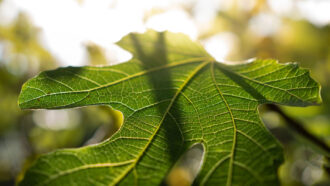 Plants
PlantsScientists Say: Phloem
Phloem is tissue that delivers food, made in leaves during photosynthesis, to the rest of a plant.
-
 Planets
PlanetsNASA’s Perseverance rover grabbed its first Martian rocks
Two finger-sized pieces of stone drilled from a basalt rock are the first bits of Mars ready to be brought to Earth.
-
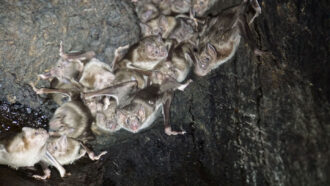 Animals
AnimalsBloodthirsty vampire bats prefer drinking with friends
Vampire bats were known to bond with others in their roost. Now, research suggests bonded bats often drink blood from animals together.
-
 Brain
BrainAsk the experts: How to create a top-notch science fair project
Five finalists in the Broadcom MASTERS middle-school competition reveal how they created nationally competitive projects.
-
 Planets
PlanetsPluto is no longer a planet — or is it?
In the 15 years since Pluto lost its status as a planet, some scientists continue to use whatever definition works best for them.
-
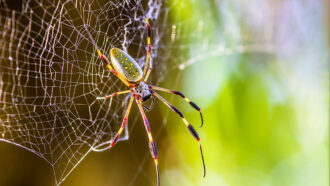 Materials Science
Materials ScienceBacteria make ‘spider silk’ that’s stronger than steel
Part spider silk, the material is better than what some spiders make. Researchers think it might make the basis for surgical threads or unusually strong fabrics.
By Manasee Wagh -
 Animals
AnimalsLet’s learn about the creatures of Halloween
Check out the real-life vampires and zombies of the animal kingdom, and learn why people think ghosts and mummy curses are real.
-
 Animals
AnimalsCockatoos learn from each other how to open garbage bins
The bin-opening behavior is an example of social learning. It’s also the basis of a foraging culture. Learn more in this web comic.
By Sarah Zielinski and JoAnna Wendel -
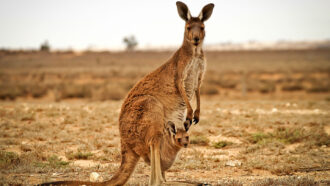 Animals
AnimalsScientists Say: Marsupial
These mammals are known for riding around in a pouch on their mother’s belly, where they continue developing after they’re born.
-
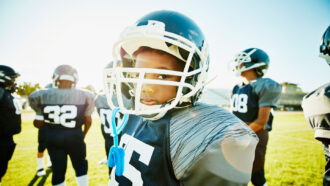 Brain
BrainIt doesn’t take a concussion for head hits to harm young brains
Most head impacts while playing football do not cause concussions. Yet even lesser impacts take a toll in young athletes, scans of their brains show.
-
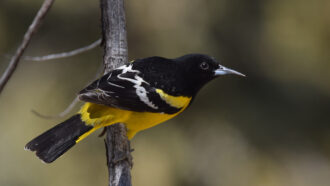 Science & Society
Science & SocietyRacism lurks in many plant and animal names. That’s now changing
Racist legacies linger in everyday lingo for birds, plants and other organisms. Some scientists now see the chance to change that.
-
 Health & Medicine
Health & MedicineGender-affirming care improves the mental health of transgender youth
Several states have tried to restrict access to gender-affirming health care for transgender youth. That goes against medical guidelines.